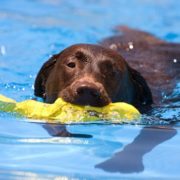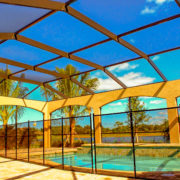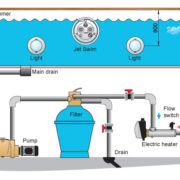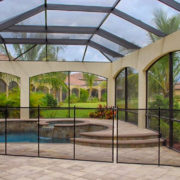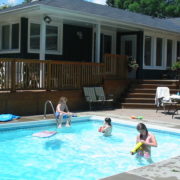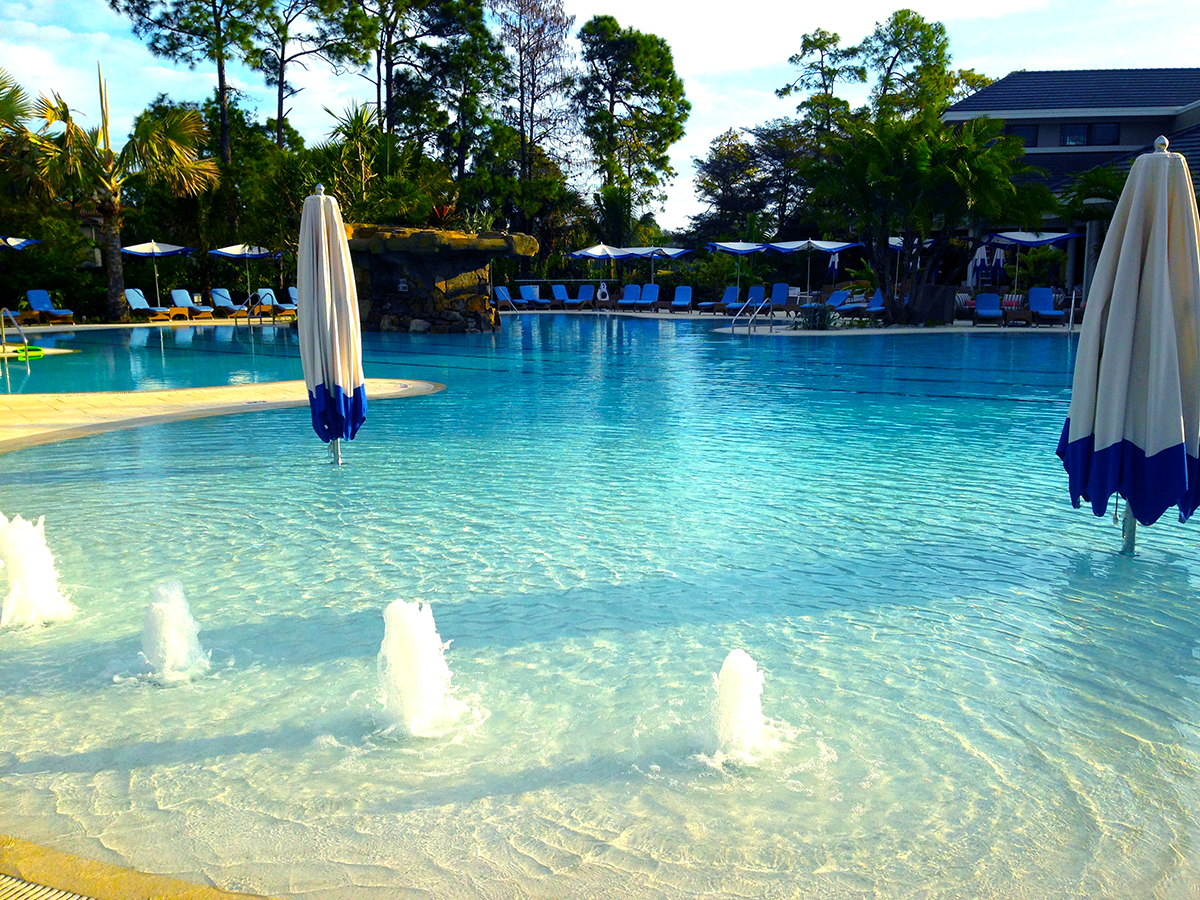Do pool covers save you money in the long run
The Study
Results from a study performed in response to the California drought show that certain pool covers can significantly reduce water loss due to evaporation when they are in place. Industry officials in the state expect the findings to help in its efforts to discourage restrictions that impede business, such as bans on filling and refilling and permitting halts. The National Pool Industry Research Center compared the water loss in pools covered by various kinds of products, including solid track covers, foam covers, bubble covers, solar disks and liquid evaporation suppressants. The researchers had two goals: Determine how much evaporation could be blocked through the use of covers, and compare the savings of different types of covers. Several industry organizations participated in the study: The California Pool & Spa Association, the National Plasterers Council, the Independent Pool & Spa Service Association, the Association of Pool and Spa Professionals and World of Recreational Water.
Evaporation
Evaporation is a major factor in water loss and, conversely, water savings, the authors of the study report said. This especially holds true in warm-weather states such as California, where pools and natural bodies of water have been estimated to lose 50 to 80 inches a year to evaporation. The researchers estimated how much water could be saved among the state’s 1.18 million residential pools, which have an average of 430 square feet: If evaporation per pool were averaged out to 60 inches per year, then a 50-percent reduction in evaporation could save almost 9.5 billion gallons of water, they contend. “Assuming average daily consumption rate of 100 gallons per person, the saved water would be sufficient to supply a city of over 250,000 people for an entire year,” the report said. Various estimates before the study placed water savings from covers between 28 and 95 percent, so the groups hoped to attain a more specific figure.
The study was performed
The study was performed on test pools at NPIRC’s facility at California Polytechnic State University, San Luis Obispo. Each type of cover was applied to at least one pool on the premises, with another pool used as a control against which to compare the others. Cal Poly grad students monitored water levels once a day, usually between 7:00 am and 9:00 a.m., when winds tend to be calmer. Industry volunteers performed set-up and maintained the pools to ensure that the water complied with APSP standards. For the evaporation-reduction study itself, the pools were observed 65 days. To check for leaks, 11-day-long relative water loss tests were performed before the study began and after it was finished. When a leak was detected in a pool with one of the liquid covers, the study was extended four weeks so more data could be acquired. The three highest performing covers fell within 1 percentage point of each other: Foam covers showed a 95.9 percent efficiency; bubble covers clocked in at 94.9 percent; and solid track covers at 93.9 percent. In the mid-range were solar disks, at 50.1 percent. The liquid evaporation suppressants rated lowest, between 14.4 and 15.8 percent.
The authors
The authors of the study report offered a caveat: Once installed, the covers remained in place throughout the study, except during cleaning and water level measurements. “In reality, the covers will have to be removed, possibly for extended hours, when the pools are occupied,” the study said. “This suggests that the efficiencies reported here for the solid covers should be considered as maximum possible efficiencies.” They also reported unusually high winds and storms during the liquid evaporation suppressant tests, which may have had a negative effect on the products’ performance. However, a counterweight was presented by the lack of swimmers, which removed normal water disturbance from the equation.
The findings
The findings were encouraging to industry officials, particularly those with CPSA, who have been advocating for government agencies and water districts to require the use of covers in place of restricting filling, refilling and even permits as a way to combat the drought. “It certainly shows the effectiveness of pool covers of different kinds,” said CPSA President/CEO John Norwood. “It’s our best way to contribute to conservation and various drought efforts. As we’ve talked to water districts about efforts of the industry to conserve, most of them have felt the idea of utilizing covers was the most effective thing that we could do.”
The association is planning a collaborative, multi-tiered campaign to get the information out. CPSA is prepared to contribute $10,000 and is looking for two or three additional organizations that can do the same.

